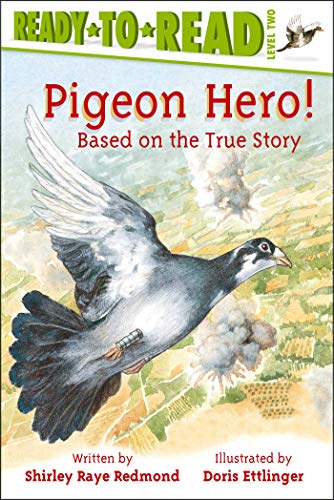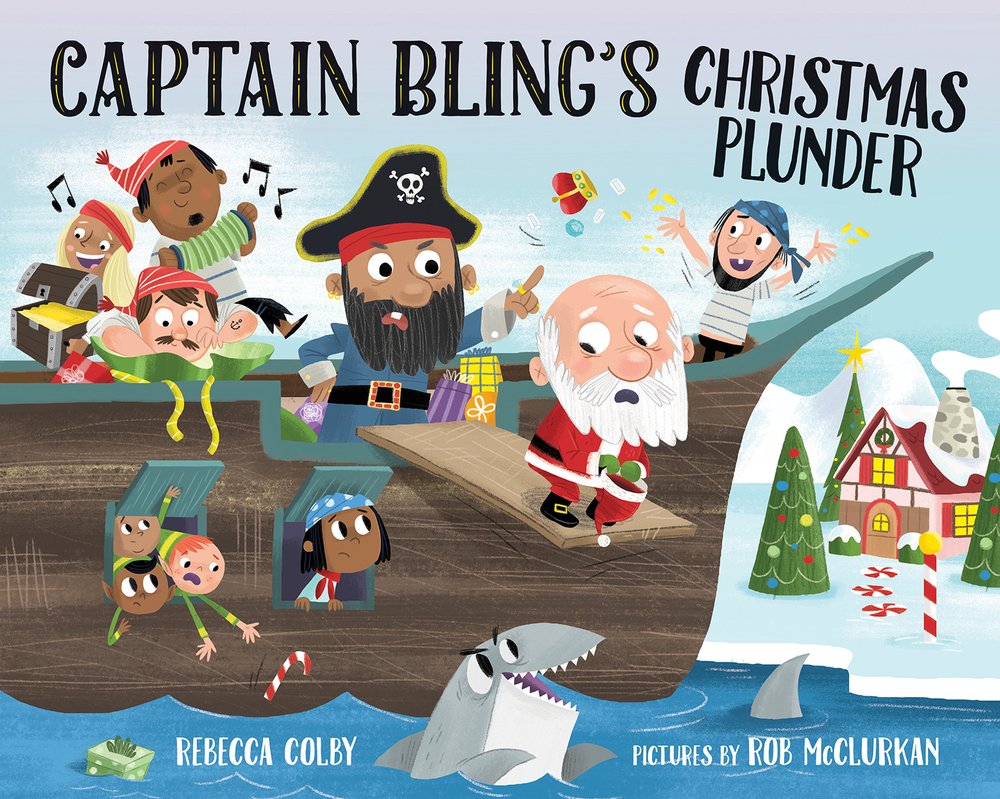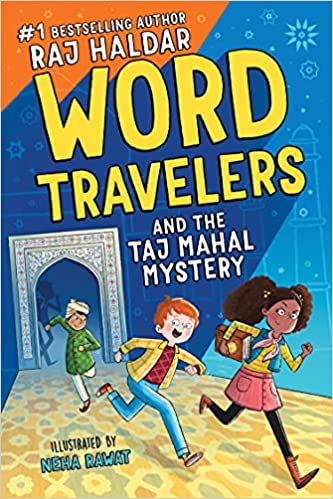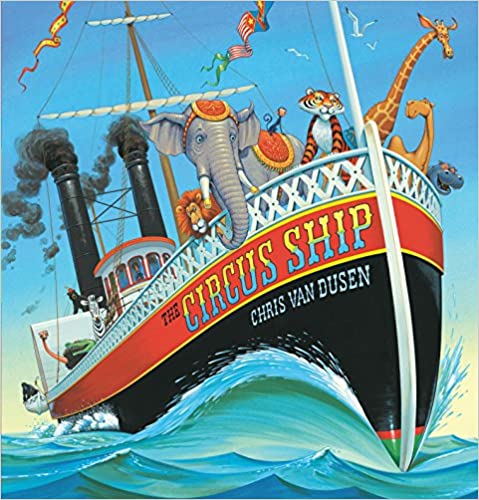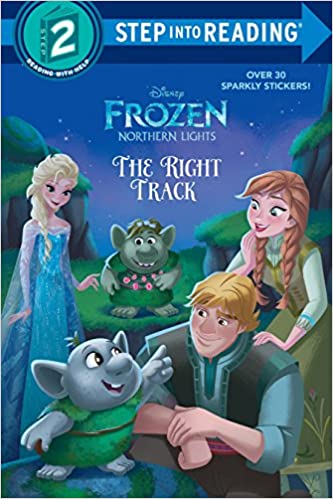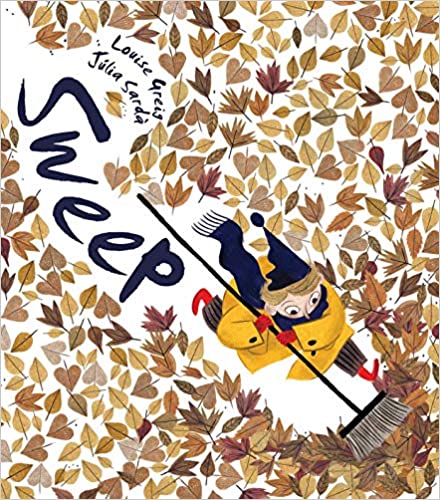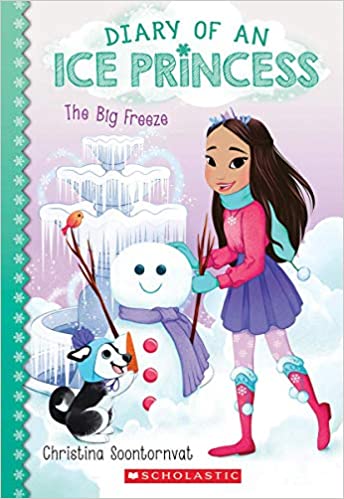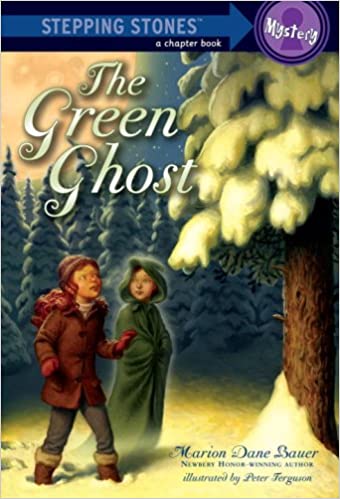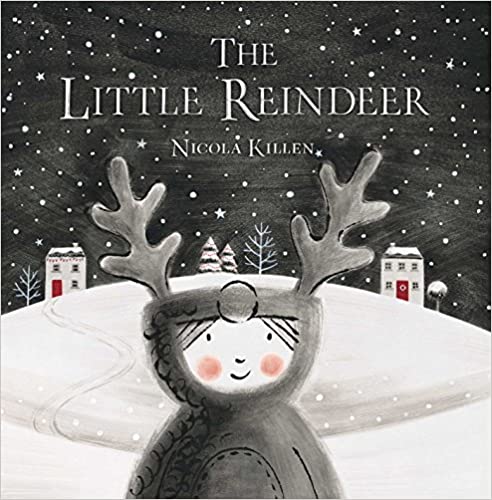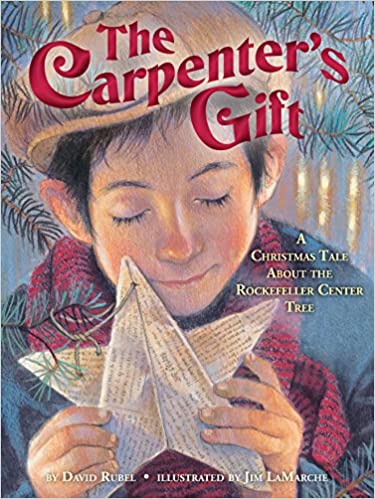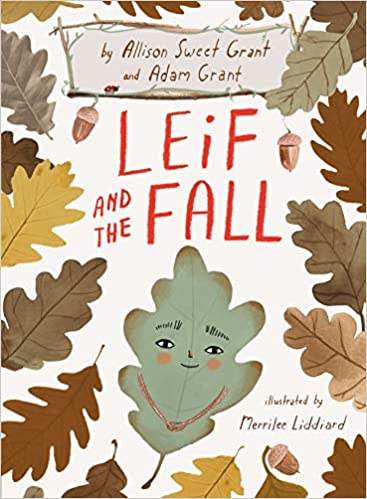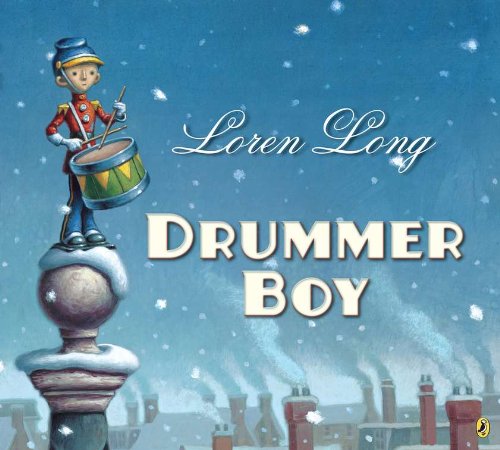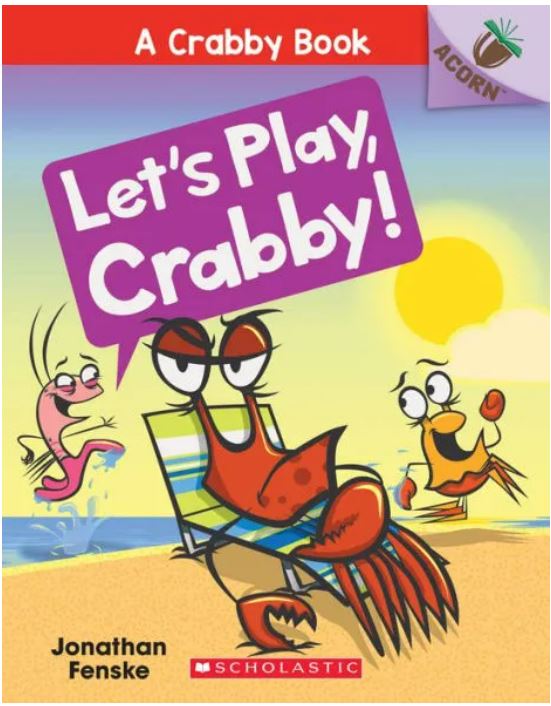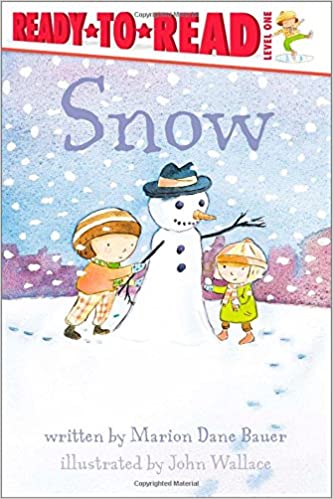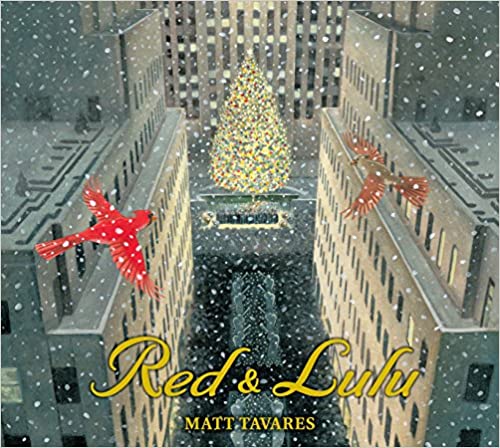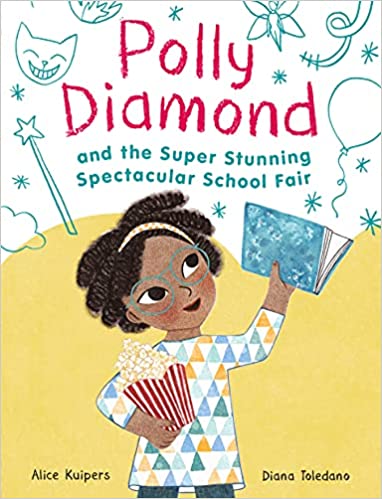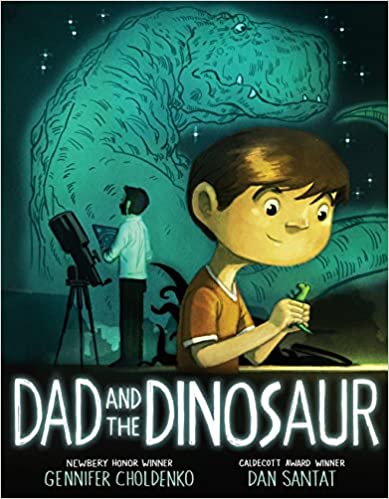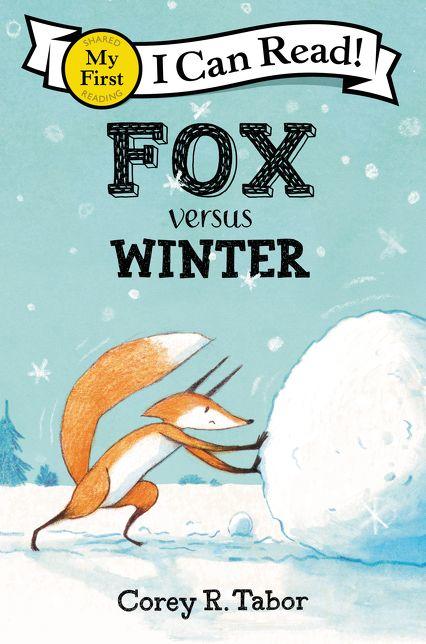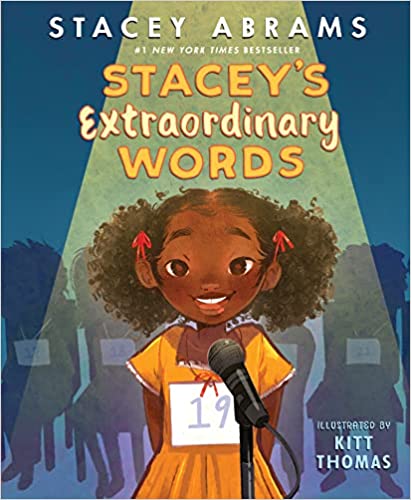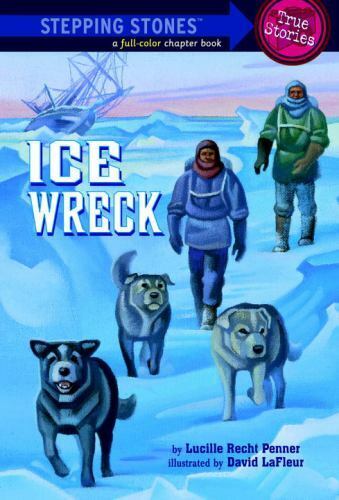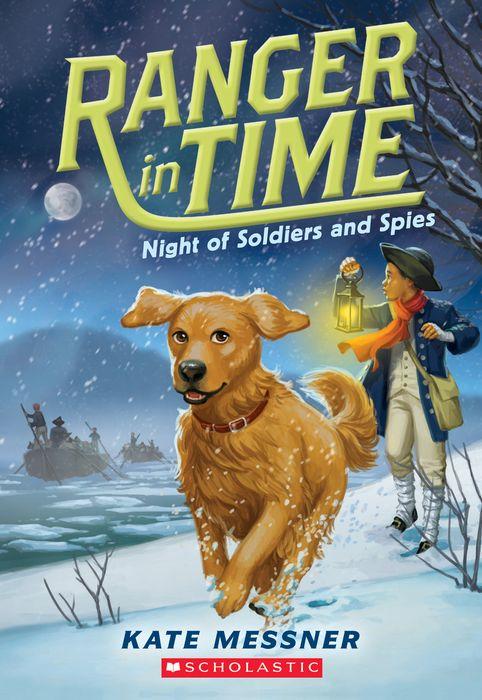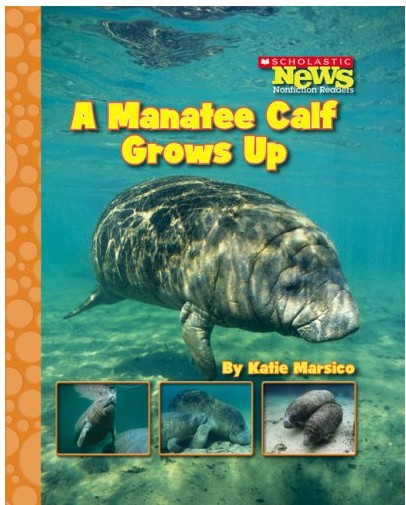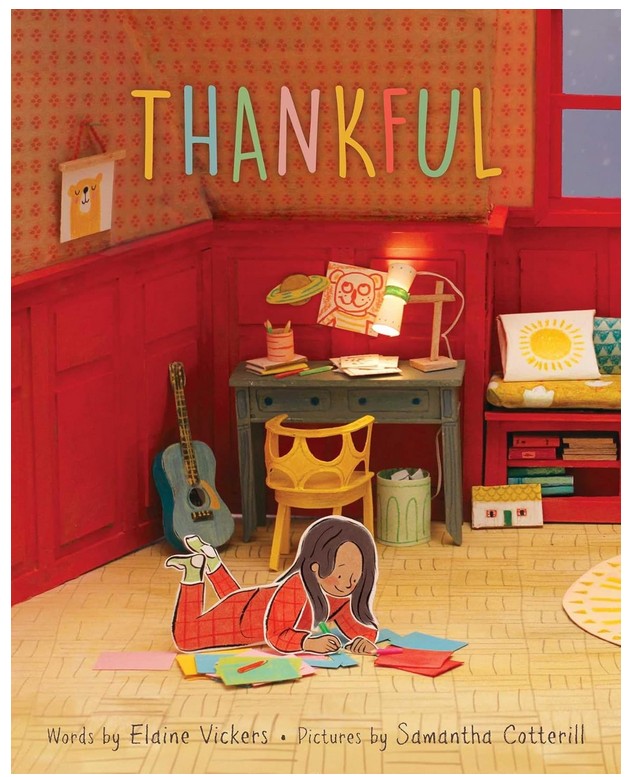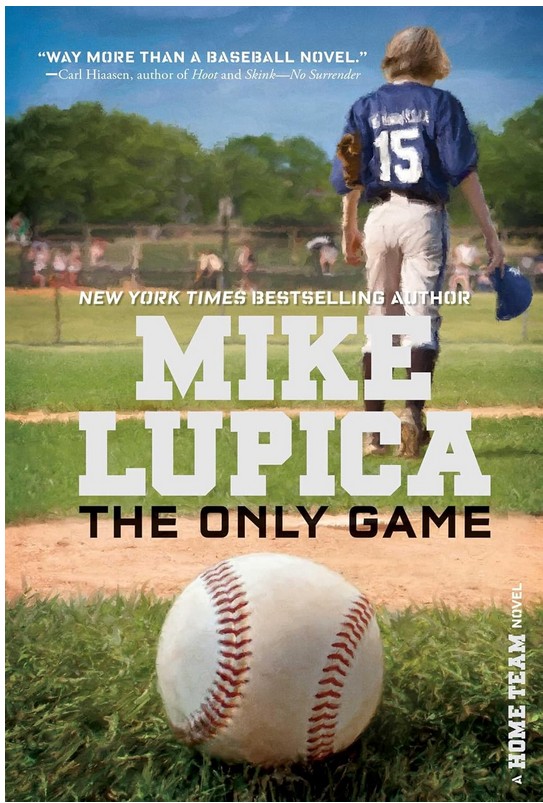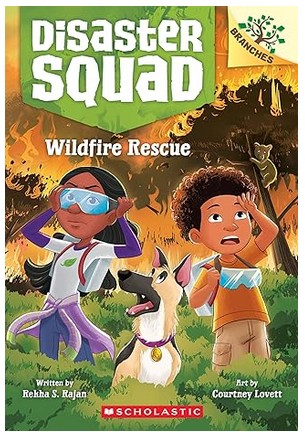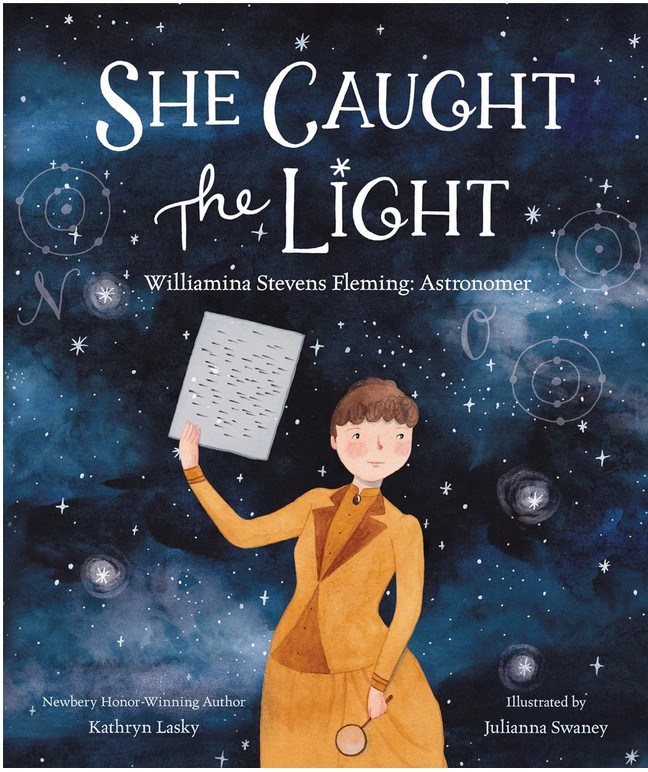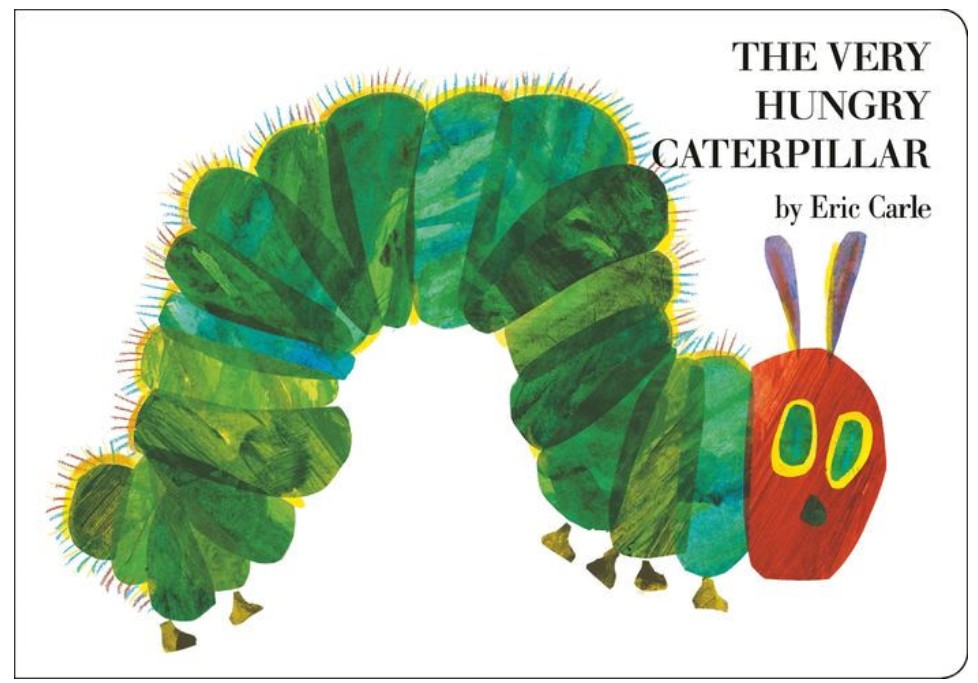After their victory in Texas, the Pawtriots are en route back to their home in Washington, DC. But when a massive storm on the Atlantic Ocean rolls in, Sergeant Rico and his unit are forced to take shelter on a mysterious island in the Caribbean.
While on the island, the Pawtriots meet M—the leader of the island’s animals. M tells them the story of the thrice-cursed pirate Sea Wolf, his crew, and his ship, the Calico Jack. When Sea Wolf and his crew are brought back to life, it’s up to the Pawtriots to defeat the pirates and return peace to the island.
While aboard a Coast Guard Ship, Rico and the Pawtriots meet two brothers: Jet and Jag. While Jag is a “hard-liner” who follows all the rules, Jet breaks rules at every opportunity. The two dogs add interest to the story, but they also give mixed messages. At times rules are followed, but others believe “that some rules are meant to be broken.” Sometimes breaking the rules cause problems, but other times breaking the rules is the only solution.
Rico and the Pawtriots follow Army morals. For example, to save the Pawtriots, Rico agrees to serve Sea Wolf. Rico thinks, “When I was in the Army, there were times when sacrifices had to be made for the greater good and the sake of the mission. This is one of those times.” Because of Rico’s leadership and courage, the Pawtriots are successful in eventually defeating Sea Wolf.
Into the Storm begins by recapping the events from the previous book, Everything is Bigger in Texas. While chapter one is heavy on the military lingo, the sayings are explained. For example, Rico explains that “debrief you” is “Army-talk for ‘getting up to speed on the details of the mission. . . and quickly.’” Despite this, younger readers may struggle with the advanced vocabulary such as makeshift, flotilla, interceptor, and liaison.
Each chapter starts with the location, date, and military time, which makes the timeline easy to follow. Black and white illustrations appear every 1 to 6 pages and show the animals in action as well as some of the dangers they face—including Sea Wolf, the Kraken, and the various characters. The back of the book also includes the Soldier’s Creed, and a glossary of Army terms.
the Pawtriots fight and defeat supernatural pirates, and throughout the story, Rico leads his unit and reinforces the importance of duty, respect, courage, and helping others. As the Pawtriot Dogs Series progresses, readers will have to remember a large cast of characters whose personalities are not well developed. Readers will enjoy Into the Storm because it is a suspenseful story that follows a group of heroic dogs. Dog-loving readers who want more fun adventures should add the Puppy Pirates Series by Erin Soderberg to their reading list.
Sexual Content
Violence
- Sea Wolf throws Jet off a tower. Rico says, “All I can do is watch as she crashes into a cluster of tall trees below, helplessly clawing at the branches in a desperate effort to slow her fall. She hits the ground hard. . .”
- Sea Wolf commands his crew to attack the Pawtriots. The fight is not described, but Rico is captured and put in chains.
- The Pawtriots must face a kraken that has “twelve long, slimy tentacles with suction cups that can pull your skin clean off and fangs that will rip you to shreds.” Rico describes how “a tentacle sweeps my legs out from under me. . .the wet rock presses up against my fur. I try to wrestle free from the Kraken’s grip on my tail, but it’s useless.”
- Someone kills the Kraken to save Rico. Rico sees “Penny, who has Sea Wolf’s sword in her paw. It’s covered in Kraken blood.”
- The Pawtriots are in a cavern that starts to collapse. Rico is the last to exit. “I am squeezed in between rocks. . . I wiggle my body and shimmy as fast as I can, falling out of the tunnel onto ground just as the tunnel caves in completely.”
- Sea Wolf makes the Pawtriots walk the plank. As they struggle to remain afloat in the ocean, they are saved.
- To defeat Sea Wolf, the “Pawtriots don’t hesitate, and in an instant, they’ve swarmed the Cutthroats, engaging them in fierce paw-to-paw combat.” No fighting is described.
Drugs and Alcohol
Language
- Sea Wolf calls someone a “treacherous bilge rat.”
- Sea Wolf calls his crew, “Yellow-bellied sapsuckers.”
- Sea Wolf calls his former first mate a “backstabbing traitor.”
Supernatural
- Rico and the Pawtriots end up on a cursed island. While there, a cat tells the story of the “Thrice-Cursed Pirate Sea Wolf” and his ship, the Calico Jack. Sea Wolf’s sword, ship, and crew were cursed. Sea Wolf’s “very soul was trapped inside the eternal flame. . . If the bell were ever to be run, then Sea Wolf would have until sunset to raise his crew, his ship, and retrieve his sword before the flame dies out and Sea Wolf with it.” Someone rings the bell and reawakens Sea Wolf and his crew.
- When Sea Wolf reappears, “his eyes are bloodshot, and the moon paints his gray fur with an ominous glow.”
- Sea Wolf’s “strength grows with each passing minute that his lungs draw breath.”
- The Sea Wolf’s first mate was cured with immortality. She says, “Being alive forever gets old. I’m tired. Very, very tired. And the only way I can rest is if Sea Wolf rises and falls.”
- In the end, Sea Wolf is defeated and “Sea Wolf vanishes.”
Spiritual Content
